How to Improve Safety in your Kitchen
Your kitchen is at times filled with dangers: visible and invisible. However, there’s an array of things you can do to help in improving safety in your kitchen.
A kitchen has pans with scorching grease, hot exposed surfaces, sharp knives and pots of boiling water, slippery floors from spillages or peelings, electric sockets and other dangers.
Whether you like cooking and baking or someone that does not spend lots of time in the kitchen, these safety tips can be beneficial.
This is because while frequent occupants of the kitchen may be at higher risk of harm from all these dangers, bad luck could strike even for a one-time visitor.
The tips below, if well understood and applied, can help in improving safety in your kitchen to prevent injuries to you and your loved ones.
Kitchen Safety Tips
-
Invest in proper and sufficient lighting
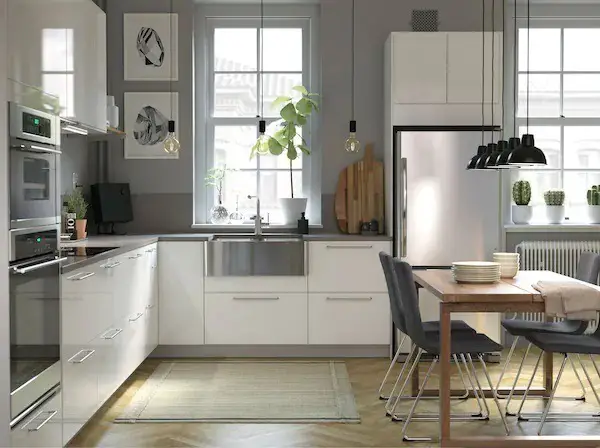
The best general lights, supplemented with the right task lights, which are visibly focused on work surfaces, can significantly reduce the likelihood of injury while cooking food.
The lights need to be free from glare, without creating any shadows on your work surface.
During the day, ensure you make the most of natural lighting by keeping your windows open and curtains or sheers fully drawn.
Structurally, install big windows and remove any obstacles that might obstruct the natural light.
If the design of your kitchen does not allow access to sufficient natural daylight, you can supplement this with artificial general and task lights as described above.
-
Installing slip–resistant floor
Some great options are soft-glazed ceramic tiles, textured vinyl or laminate or matte-finished wood.
If you choose tiles, consider getting a throw rug with non-skid backing, particularly around spots that become wet.
Ensure that your kitchen floor is constantly dry and that any spillages are immediately wiped out. Also, quickly pick up any fruit peelings that might result to slips and falls in the kitchen.
-
Getting a kitchen first aid kit

A first aid kit is not only essential for the bathroom, but you need to also ensure you have one readily available in your kitchen as well.
Make sure it has the number of close by hospitals and doctors, burn salve, gauze scissors, sterile gloves, antiseptic creams and some basic medications like a pain killer.
You should check the status of the medication in your first aid kit to ensure it is not expired and that any used-up supplies are replaced as soon as possible.
A first aid kit without the necessary supplies is totally useless.
Lastly, your first aid kit should be kept in an easy to reach place. A kit that cannot be found or easily reached during an emergency is not very useful.
-
Keeping children and pets out
Some kids enjoy assisting parents in the kitchen; however, you should teach them rules on when they can help and to keep their distance when needed.
Children should be taught some basic kitchen safety rules, such as staying away from hot appliances which have not yet cooled down.
Moreover, pets lounging on the floor or around your feet are tripping dangers, so you should ensure they are kept away.
-
Be cautious of steam
Steam will burn just as easily as a hot burner or boiling liquid. You should be careful around foods cooked in packets and microwaved foods. Make sure you open these things away from the face and use hot pads.
Additionally, when lifting a cover of a boiling pot, make sure you pull it away from you so that the steam doesn’t burn your hand. If you can allow steamed foods to cool a little bit before opening the lids, then this can prevent steam burns.
-
Learn the right way of using knives
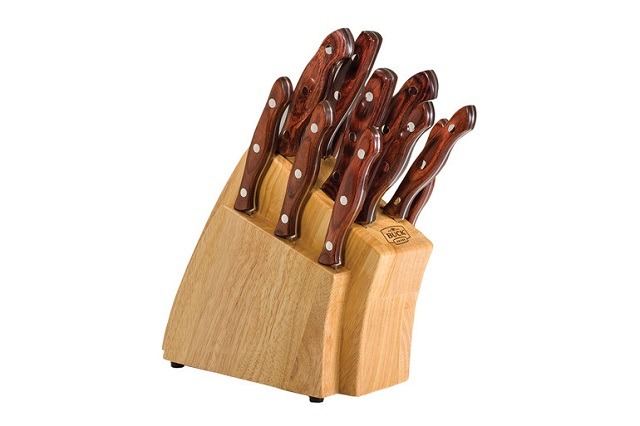
You should make sure your kitchen knives are always sharp. Dull knives may slip and cut. Make sure you learn how to slice and chop as professional chefs do.
Take time to practice until you’re confident on the safest and most effective way of using kitchen knives.
Always concentrate when you are using your knives. Being preoccupied with other things while using your knife or combining cutting with many other activities, such as using your phone, can result to cuts.
Proper knife storage is another useful aspect of preventing knife accidents. Store knives in knife blocks/holders or in drawers out of children’s reach.
Do not leave pointed sharp knives facing pathways or in a direction that can cause injury. So for knives stored in a knife block, ensure the sharp side is facing down with the handle looking up.
Be careful with knife handling during washing as many knife injuries occur during washing.
-
Installing water temperature regulators
You can prevent the water temperature from rising to hazardous levels by using faucets with anti-scald gadgets. Pressure-balanced valves will help in equalizing cold and hot water.
Additionally, faucets can be automated to your preferred temperature settings. Train your family members on the use of the water heaters to prevent hazards that arise from lack of proper use.
-
Sanitizing the kitchen
You should remember to use a cleaner for cleaning the kitchen regularly to prevent germs and bacteria from spreading.
Bacteria and other germs thrive in moist and warm environments. By virtue of all the cooking and cleaning that regularly happens in the kitchen, it offers one of the best environments for germs to thrive.
Regular cleaning plus sanitizing will ensure your kitchen remains germ free.
-
Always supervise cooking meals
Don’t leave your home when food is baking or cooking to go for short errands as food might quickly burn and may burst into flames.
While a slow cooker may afford you some extra time for a short errand, it is still recommended that you do not leave your burner on without supervision.
Unattended cooking is one of the leading causes of fire accidents in most homes.
If you have kids or pets in your home, ensure that there is always an adult is the house and who is checking the activities in the kitchen always. Mishaps take place in seconds.
-
Having a secure floor plan
Think of how traffic is going to flow through your kitchen, and design your floor plan to help in keeping that traffic away from the cooking space. For instance, do not put a cooker close to an exit or entrance.
-
Having a clean and well fastened oven
It is important that you have a clean oven to ensure safety and food hygiene. The reason being food spilled on the oven and not cleaned, may burn and catch fire.
Moreover, if the oven is not clean then it will usually create black smoke that will be dangerous for everyone in the house.
A dirty oven will soon become a breeding ground for bacteria and provide food for pests and bugs.
Also ensure that your oven is well fastened to the floor or wall, or both. It is not uncommon for ovens to topple over when curious children try to open the oven door to get a peak inside.
A toppling oven is even more dangerous if the toppling oven has hot food inside or on the stove.
-
The microwave should be at a convenient height
Make sure you place your microwave is at a height that does not need reaching to retrieve your food.
This is to prevent hot food from pouring on you and causing burns during the retrieval process.
The microwave should also be high enough, away from easy reach of children.
-
Turn the oven and other appliances off
Leaving the oven and other appliances switched on can cause injury to kids and pets if they are hot and they are also a fire danger.
You should ensure that they are turned off once you’re done using them to help in improving safety in your kitchen.
Also switch off the electricity supply at the socket and plug off appliances from electricity when they are not in use.
-
Install slide-out bins and trays
These features in kitchen base cabinets will help in making their contents easy to access. They will also reduce reaching and twisting to remove the correct item.
-
Good knowledge and proper handling of equipment
Remember to read instructions which come with appliances and know how they work. Don’t use a kitchen appliance having a worn-out cord, and ensure small appliances are always dry.
You should not use fingers to help in releasing something caught in mixers or the blades of a food processor.
Be cautious with blenders and food processor blades. This is because they can be quite sharp and cause accidents if you simply brush against the blades. Apply extra care during the washing of appliances with sharp blades.
You should allow kitchen appliances to cool down before you clean them up. Additionally, do not use a kitchen appliance for what it was not made for.
-
Tidy countertops without corners
Cluttered countertops are a recipe for disaster in any kitchen. You can easily get injured by sharp utensils hidden under that clutter; a decluttered kitchen, including the countertops is therefore good for your safety.
Countertops with sharp corners are a hazard to both children and adults. You should use a rounded edge on the countertop corners, particularly kitchen islands, to prevent injury especially to kids.
For adults too, bumping into a sharp granite countertop is not only painful but can result in a serious injury.
If your countertops have sharp corners, seek the help of an expert to round off these sharp corners.
It is not enough to warn your kitchen users of the risk posed by those sharp corners; go further to get rid of the hazard.
-
Deal with spills and peels instantly
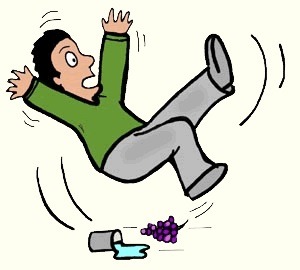
When you are multi-tasking in the kitchen, it’s simple to spill something.
To improve kitchen safety, it is important you clean oil, grease or water right away before an accident takes place.
Moreover, food that’s spilled in your oven and left uncleaned will give your food a bad taste of charcoal and smoke, which is unhealthy and may cause diseases.
Also, any food or drink spills in your refrigerator should be wiped off right away to avoid bad smells and prevent the growth of bacteria and mold.
You should also be quick to collect fruit peelings such as those from bananas as they are very slippery and can cause serious falls and fractures.
-
Use hot pads
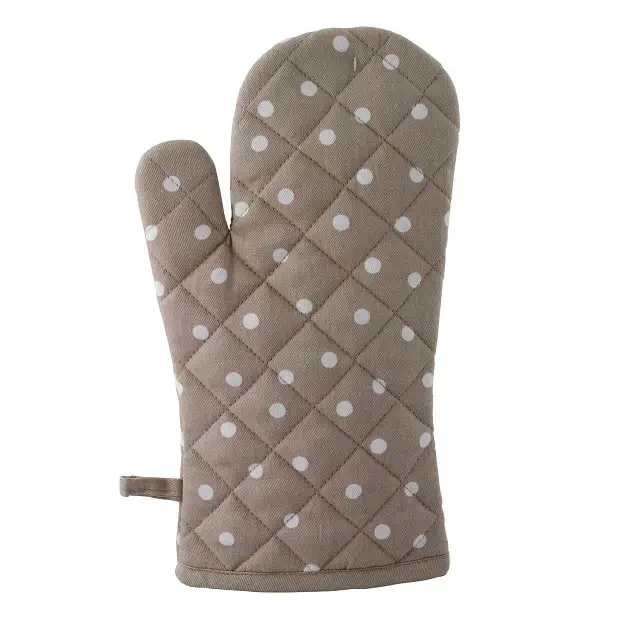
Make sure you have the best collection of mitts and hot pads readily available in your kitchen.
Remember to use them for any hot pan, pot or bowl, especially when you are not sure whether the cookware handles get heated during cooking.
It is also essential that you use these items on bowls you’re pulling out of the oven. Even bowls that are safe to use in the microwave may become hot, and it is easy to get burned.
And if an oven mitt or hot pad becomes hot, make sure it’s dry before using. A wet cloth or pad can transmit heat easily and cause burns.
-
Learn the right way extinguishing fires
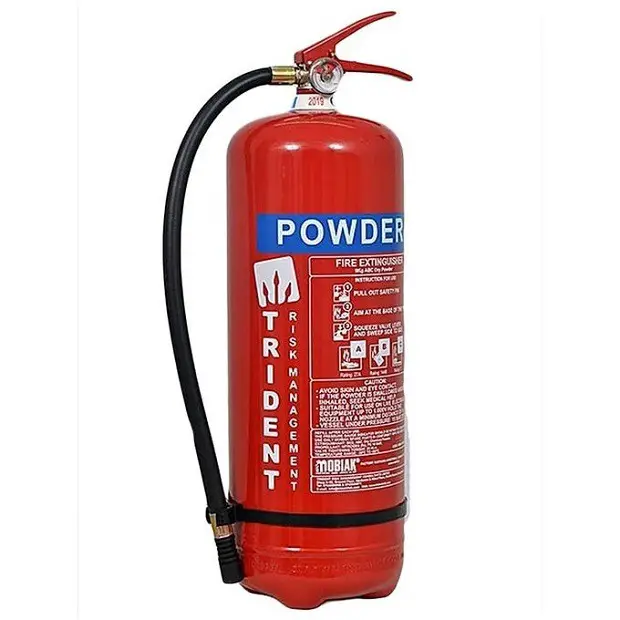
Make you always have a fire extinguisher readily available in your kitchen. You should also ensure you learn how to use it before needing it and always ensure it is well serviced.
Learn a bit about different fires. Do not attempt to use water to put out electric and grease fires; a pan cover or baking soda work perfectly.
The right way of extinguishing a fire is to smother it. You can use salt, baking soda, or a pot cover but not water to extinguish such fires.
You can extinguish flames in your microwave simply by turning off the appliance and closing the doors. Use a fire extinguisher or baking soda to put out the fire in your oven.
If you cannot extinguish the fire in a couple of seconds, get help. Fire will spread fast and will be uncontrollable in minutes.
Place a fire extinguisher in a clear area close to a room exit, away from kitchen cooking appliances.
Do not place it under or close to a range or cook top. If placed in these areas it will be difficult to get to if a fire takes place in those places.
Our closing views:
It is not possible to write exhaustively on all the measures you should take to improve safety in your kitchen.
However, the tips above are a good start and we recommend that you not only read them but apply them religiously.
Safety always begins with you, so do not take anything for granted.
